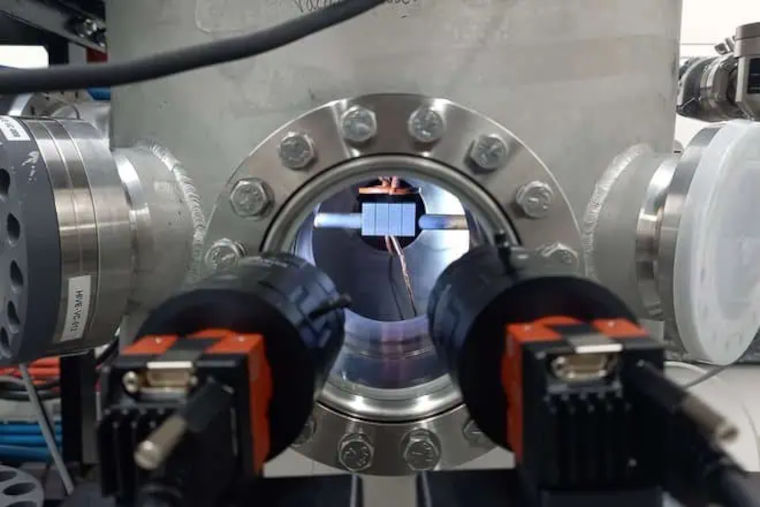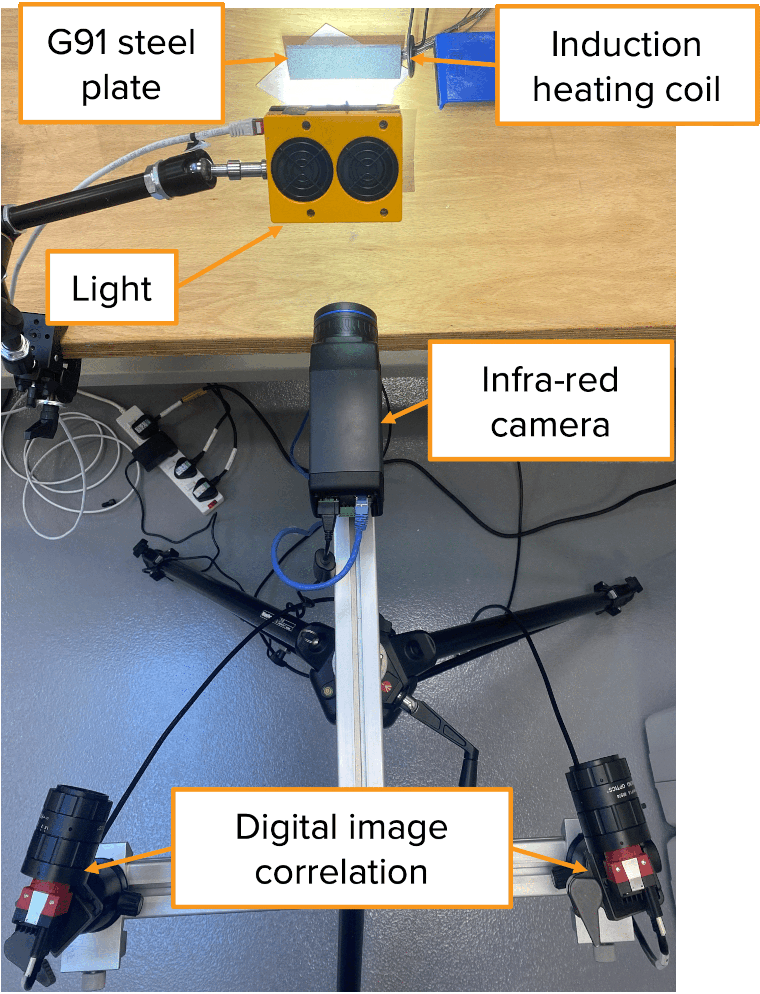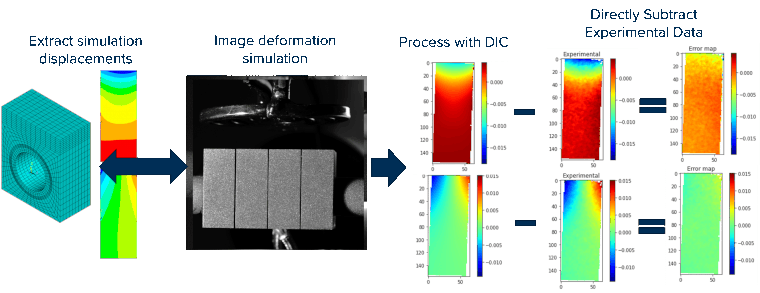Pioneering Smart Engineering: UKAEA’s Virtual Qualification Framework
UKAEA’s Virtual Qualification Framework uses simulation, AI and smart experiments to cut costs and improve reliability in advanced engineering.
The Fusion Technology Group at the UK Atomic Energy Authority (UKAEA) is spearheading an innovative approach to engineering design validation through the Virtual Qualification Framework (VQF). This project aims to transform traditional methodologies by integrating simulation, experimental optimisation, and advanced data science, paving the way for high-performance engineering solutions in fusion energy technology and beyond.

Key highlights
Simulation-driven design validation
Cost-efficient, optimised experimentation
Cross-industry engineering applications
The challenge
Engineering systems across industries, from aerospace to power generation, rely on design qualification to ensure that components can perform under extreme conditions without structural failure. This process becomes even more challenging for cutting-edge technologies like fusion energy due to the intense environmental loads and material stressors involved. Testing components under these representative conditions is not only time-intensive but also costly and complex.
While simulations have become a cornerstone of modern engineering, they depend on assumptions about geometry, loading, and material response. Validation of these simulations against experimental data is essential, yet current experimental methodologies can lead to inefficiencies and missed optimisation opportunities.
The solution
UKAEA’s Virtual Qualification Framework bridges this critical gap by leveraging advanced simulation tools, image-based diagnostics, and machine learning to create a comprehensive Computer Aided Validation (CAV) framework. This methodology focuses on optimising experiments, improving validation precision, and reducing costs. This innovative system allows engineers to:
- Simulate and validate: Use simulations to predict component performance under expected thermal, mechanical, and electromagnetic loads.
- Optimise experimental design: Deploy virtual sensors in a simulated environment to pre-design experiments.
- Generate benchmark datasets: Create datasets from simplified components to validate simulation codes against real-world physics.
Core innovations
- Smart experimentation
By digitally linking simulation outputs to physical experiments, VQF enables engineers to deploy virtual sensors and design experiments in a virtual lab environment before physical testing. This approach ensures that experiments are strategically optimised, maximising the information they provide while minimising costs. - Benchmark dataset creation:
Recent work includes testing simplified heat sink mock-ups and components essential in tokamak diverters, under extreme thermal and mechanical loads. These tests generate benchmark datasets that validate simulation codes and enhance their accuracy. - Advanced imaging techniques:
The group’s unique use of imaging technologies, such as infrared cameras and surface deformation tracking, provides comprehensive data on component performance under load, offering a field-wide view rather than single-point measurements.
Key applications
- Fusion technology:
The VQF has been applied to test diverter components, critical in managing extreme thermal loads in tokamaks. Engineers simulate and validate these components to ensure they meet performance standards. - Broader engineering fields:
Beyond fusion energy, the methodologies are relevant to high-value specialised industries like aerospace, next-generation nuclear power plants, and racing car design.

Impact and benefits
- Cost efficiency:
By integrating simulations and experimental design, the VQF significantly reduces costs and time associated with testing and validation. - Reliability:
Components validated through VQF are better equipped to withstand extreme environments with high safety standards. - Global engineering advancement:
By creating an open-source implementation of the CAV framework, the project contributes to advancing engineering practices worldwide, enabling sustainable solutions for net-zero carbon technologies. - Scalable methodology:
The framework’s applicability across various sectors underscores its versatility and potential to influence engineering practices globally.

Future outlook
The project, funded by the Engineering and Physical Sciences Research Council (EPSRC), is building the foundation for transformative changes in engineering validation. UKAEA is committed to demonstrating the framework through progressively complex tests.
The Virtual Qualification Framework exemplifies UKAEA’s commitment to innovation and excellence in engineering. By bridging the gap between simulations and experiments, the Fusion Technology Group is not only addressing current challenges but also laying the groundwork for future advancements in engineering methodology, impacting industries far beyond fusion technology.